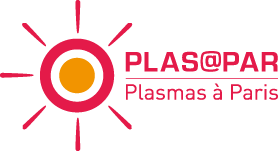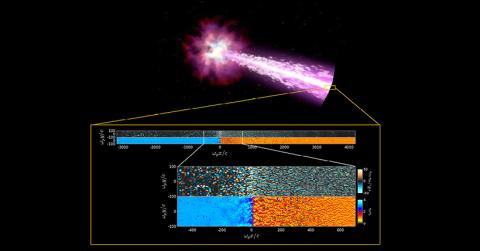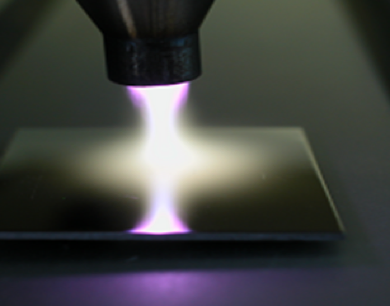
Who am I ? n°2
Meet a member of the PLAS@PAR Federation.
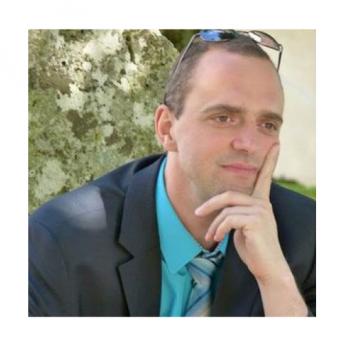
The riddle
- I am ... an experimenter.
- I'm studying ... lab plasmas.
- If I were a device for producing plasmas, I would like to be ... a Wimshurst machine.
- If plasmas were a work, it would be ... a board from a fight scene in the comic strip village of Asterix.
- If plasmas were one color, it would be ... the sum of all, white!
- If plasmas were a sport, it would be ... a game of pool.
The interview
Hi Jérôme Pulpytel (doctor in process engineering, lecturer, LISE Laboratory, MATTERFEEL team), you are now unmasked! Can you tell us a little more about your background?
I am a trained chemist. After a DEA (Master 2) in process engineering, I therefore continued with a thesis in the field of cold plasmas in order to develop thin film materials using low pressure discharges.
Can you say a little more about your current research in plasma physics?
Sorry, I am not studying plasma physics, but their many applications in the field of materials and surface treatments. Chemists are "craftsmen of matter"; they develop new molecules or materials by implementing different processes, and the particular properties of non-equilibrium plasmas make it possible to obtain results that would not be possible by other means, such as for example by simply heating the ingredients in an oven. For example, we use plasmas to protect metal against corrosion by thin film deposition, to encapsulate chemotherapy agents using biodegradable plasma polymers or to develop materials used to decontaminate water; and we often build our plasma reactors ourselves.
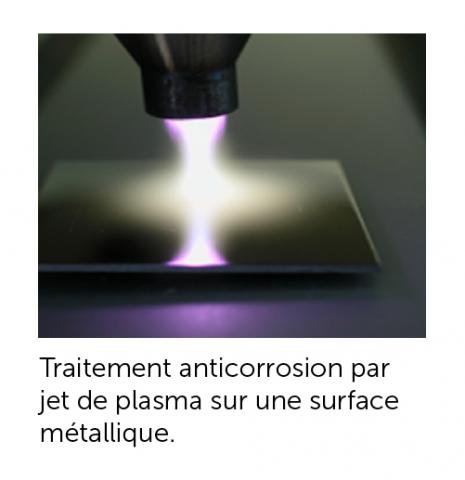
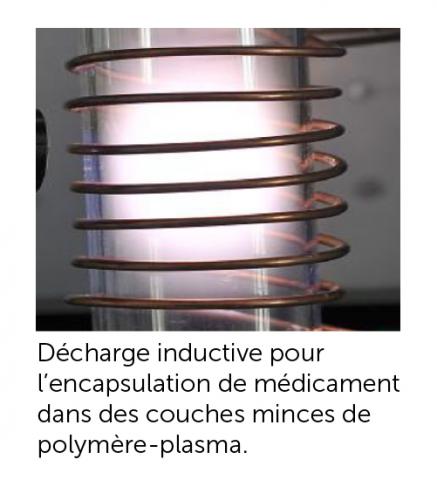
Can you share with us the references of your latest publications?
- Anagri et al., “Nanocomposite coatings based on graphene and siloxane polymers deposited by atmospheric pressure plasma. Application to corrosion protection of steel“, Surf. Coat. Technol., 377, 124398. (2019)
- Baitukha et al., “Optimization of a low pressure plasma process for fabrication of a Drug Delivery System (DDS) for cancer treatment“, Mater. Sci. Eng. :C, 105, 110089. (2019)
- T. Peng et al., “One‐step deposition of nano‐Ag‐TiO2 coatings by atmospheric pressure plasma jet for water treatment: Application to trace pharmaceutical removal using solar photocatalysis“, Plasma Process. Polym, 16(6), 1800213 (2019)
Can you tell us a little more about the teaching actions you lead?
I give courses in the field of Process Engineering. Process engineering consists in applying the principles of reaction kinetics, material and heat transfers within chemical reactors. Our goal is to understand and master all the phenomena that take place there in order to be able to transpose chemical production on a large scale; thus it is not a question of fundamental chemistry but of a broader and multidisciplinary approach at the crossroads of chemistry, mathematics and physics. In this context, I also introduce students to the specificities of plasma reactors and what can be achieved with them in the laboratory and in an industrial environment. Finally, I rely on the FabLab SU to carry out Arduino® projects with my students (eg build a machine that measures the pH automatically).
What site(s) do you work on?
On the Pierre et Marie Curie campus (Sorbonne University), at towers 14-24.
What is your role within the PLAS@PAR community?
I have just been appointed to the Federation Council, so ask me this question a little later :-)
Do you carry out actions with the general public on an ad hoc or regular basis, if so, can you explain?
Absolutely and for a long time. First at the Science Festival where I have a lot of fun with my plasmas, by offering people to hold a tube a neon in front of a plasma ball, by making a human chain too and the Wimshurst is always very successful but beware where you put your fingers! Also I did an experimental conference filmed at ESPCI (2013) and a Science Café where I live (sud 77, 2019).
If PLAS@PAR faces a challenge for the next 5 years, what do you think it is?
Plasmas should succeed in attracting and reaching out more to chemists, biologists and doctors. On my modest scale, I give 2 hours of lessons to biology students where I show them the spectacular advances of cold plasmas in the health field (cancer treatment, healing, decontamination / sterilization of surfaces, etc.). There are so many colleagues and non-physicist students who might be interested!
One last word ?
Take care of yourself and stay healthy.
Thank you very much Jérôme Pulpytel! Who's next ?
